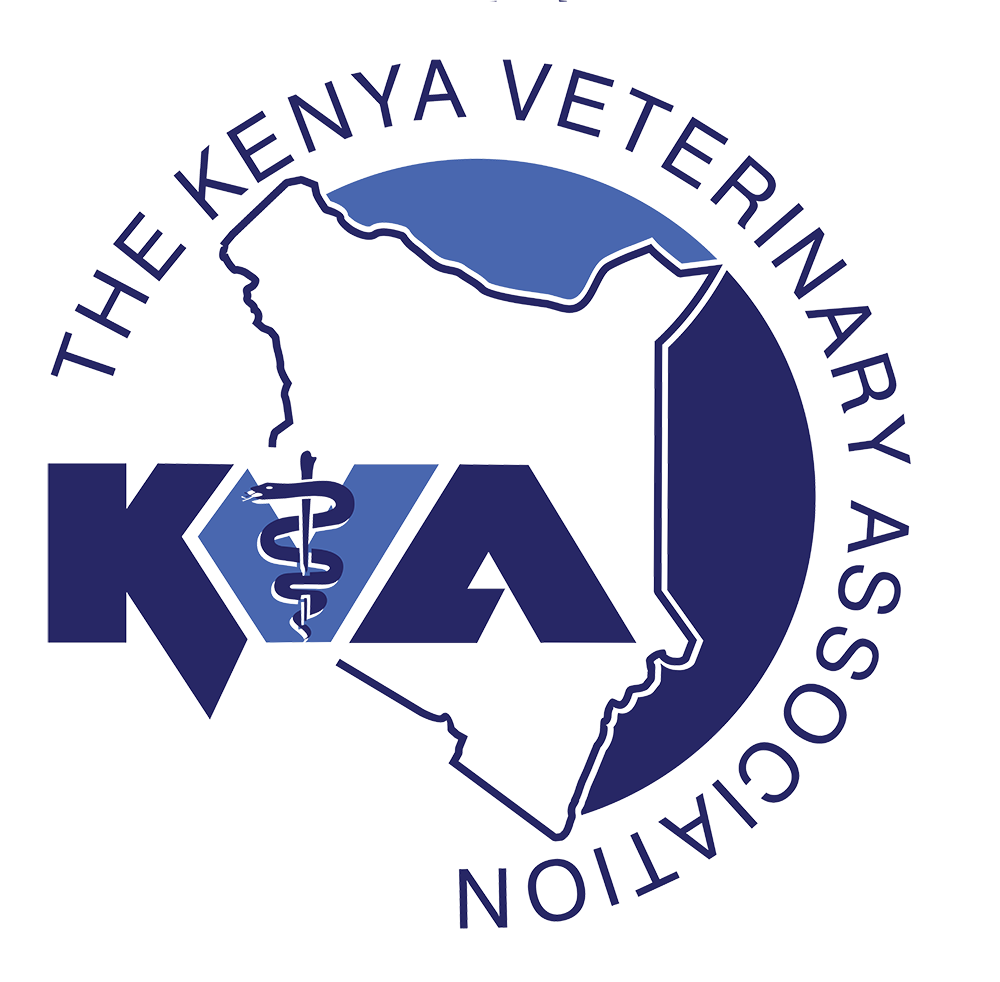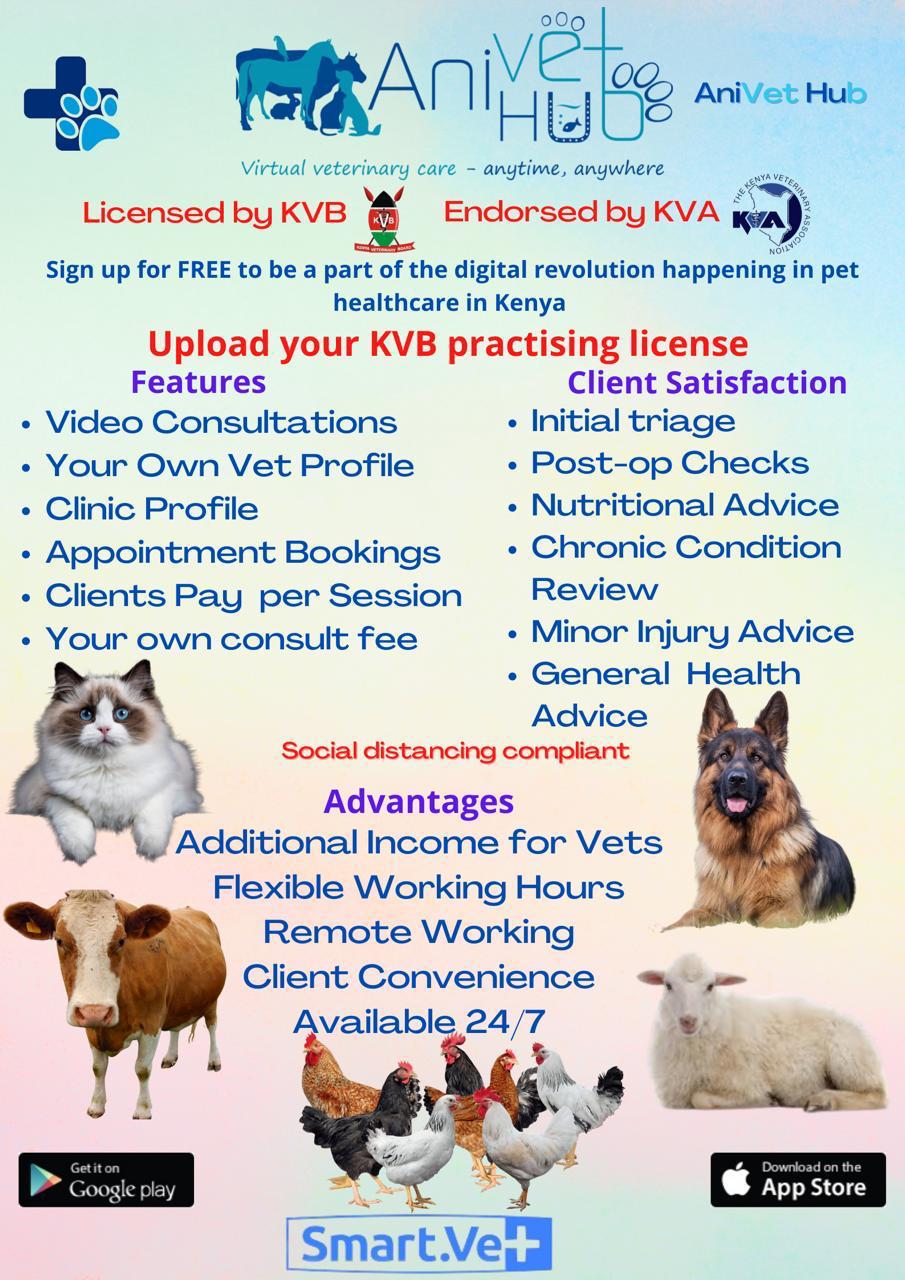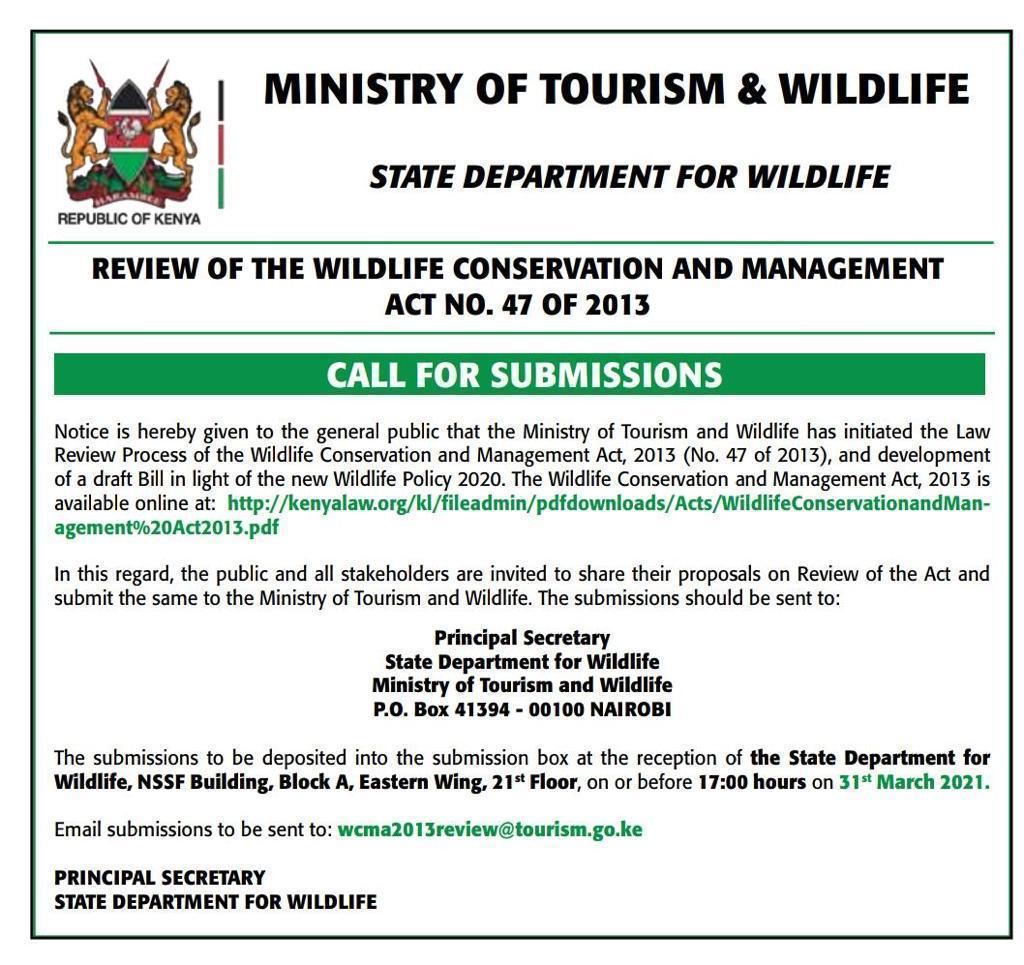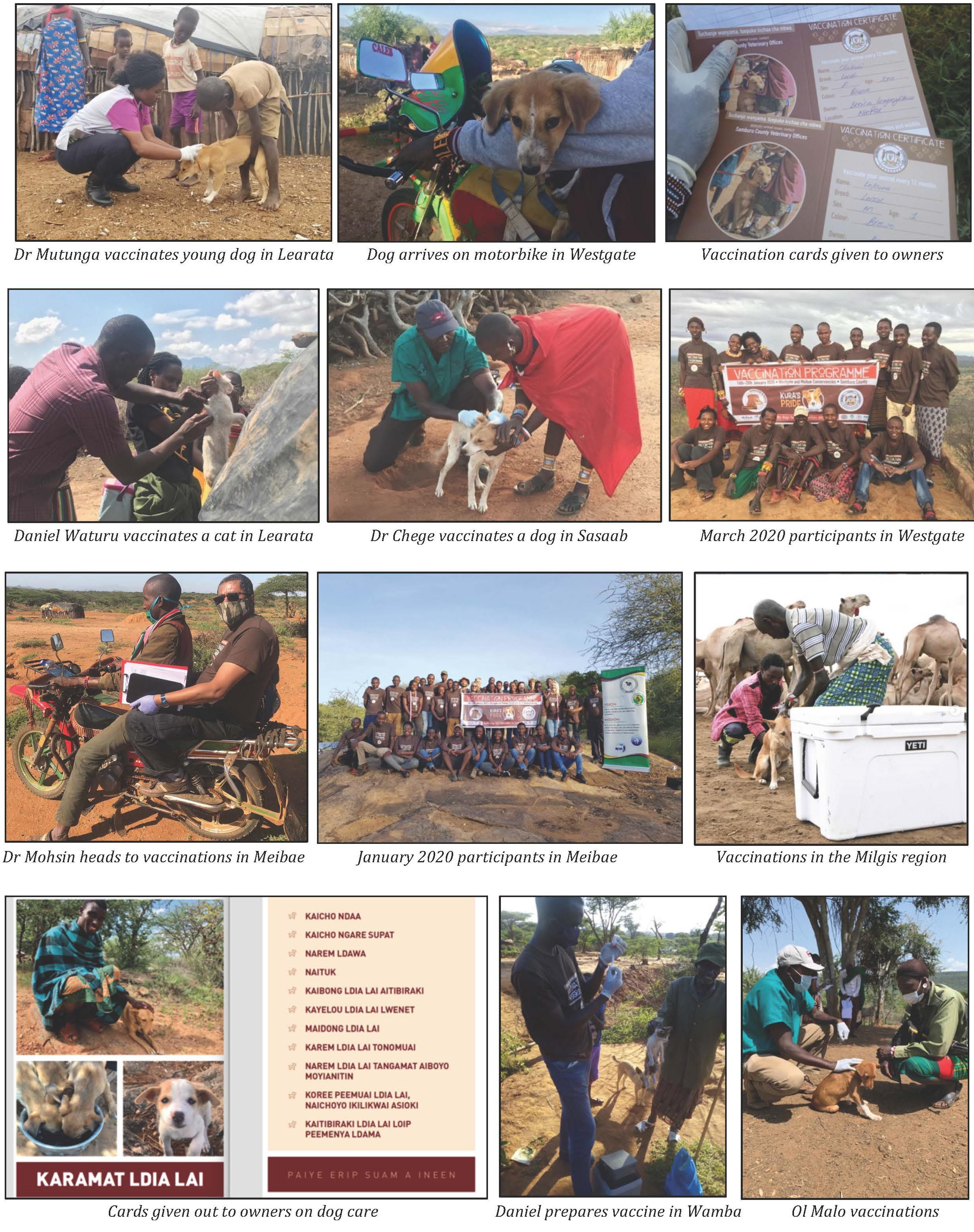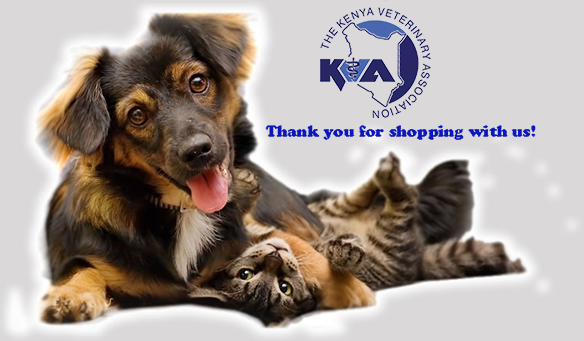The Kenya Veterinary Association is a membership organization whose main mandate is the welfare of its members. Over the year this core mandate has been overlooked leading to apathy and low member recruitment numbers. While this was happening, each successive NEC team always promised to do more to improve the welfare of KVA members but now we believe it is time to put those words in action. The current Membership, Mentorship and Member Welfare subcommittee is pursuing products and services that bring tangible benefits to the members. In addition, the subcommittee will aggressively pursue welfare issues and/or complaints to seek remedy on behalf of its members.
Some of the products/services that are being rolled out by the subcommittee include;
- Membership Insurance.
- KVA Opportunity and Welfare Desk.
- K-LIFT Credit Facilities.
- Enhanced Mentorship.
- Touch a Life: Vet with a Difference Campaign
Member Medical and Last Respect Insurance Covers
As in true in most economies without universal Health care coverage, the cost of seeking medical services in Kenya is exorbitant and our members are not necessarily spared. This coupled with the risky working conditions that veterinary professionals experience makes a medical insurance cover a priority for our members. The occupational risk not only leads to high medical bills but tragedies that claim the lives of our members, year in year out. Instead of settling for the culture of fundraising to cover funeral expenses and other related costs, a Last Respect Cover allows our departed members to be given a respectful send-off without leaving their loved ones deep in debt. We are vetting insurance packages in the market for quality and affordability and we shall soon unveil the best proposal for our members. We are also cognizant of the fact that not all members can afford these services and we are working on a campaign that will enable most of us to be covered. More details are highlighted below.
KVA Opportunity and Welfare Desk
Chronic unemployment is one of the biggest issues facing our members (especially fresh graduates). The employment market in Kenya is such that most job seekers do not come across job openings unless they know someone close to the opportunity. The same scenario is true for most employers who are forced to look for referrals from their friends or colleagues. An employment desk that would collate and store relevant information from our members, with a special focus on qualifications, experience and areas of interest/experience/specialty, while engaging potential employers to have KVA as their first port of call whenever a human resource need arises would be a good step to assist our members while keeping them engaged in the association as well as providing our partners with an easy hiring process.
In addition to providing members with employment opportunities, this desk will also link them with academic opportunities as they arise. Over time, after collation of sufficient data and having seen how the pilot project runs, this desk would be fully domiciled in a portal where the interaction between members and potential employers will not need the secretariat staff to play intermediary.
The membership database created will also be used to send personalized wishes to members on their birthdays. In addition, we will encourage members to share with us their achievements for us to toast them personally or with the profession depending on the individual member’s wishes.
Consistent opportunity partners will be celebrated with certificates and recognition awards while highlighting them in our publications and social media.
Enhanced Mentorship
One of our core mandates should be to help final year Vet students, fresh graduates, job seekers choose a career path through personalized career events. To revamp our career events to make them more meaningful, we shall first do a survey of the finalists to come up with groups based on their career interest. We shall then hold this event in one venue, but each career group will have different speakers who will be our members in that specific career. After the event, we shall assign mentors as per the needs.
We are also planning to hold individual job interview rehearsals and preparations for candidates. This service will be available for members who need to be helped prepare for an interview.
Touch a Life: Vet with a Difference Campaign
Even as the Membership, Mentorship & Member Welfare Subcommittee works on these products, the challenge is increasingly clear-some of our members will not be able to access them due to financial challenges. In the true African spirit, the association is calling upon members to stand with disadvantaged members unable to access basic services such medical insurance, school fees among others.
The membership subcommittee will conduct a questionnaire gathering details of disadvantaged members with a view of settling on the most pressing and genuine cases. We shall thereafter send out a call for members willing to touch these vet’s life with the intention of linking them up for support.
Vets who “adopt” costs that were to be borne by other members in need will get special bracelets, lapel pins and buttons celebrating them with the campaign’s slogan; “Touch a Life: Vet with a Difference.” Non-veterinary professionals will have a separate, “Touch a Life: Honorary Vet with a Difference.”
In addition, with the individual member’s permission, we shall highlight and celebrate these members in our Annual General Meetings and various bulletins.
K-LIFT Credit Facilities
The Kenya Livestock Finance Trust was established by the Kenya Veterinary Association to take advantage of the European Union funding meant to assist veterinarians after the sector was privatized. To date, all the trustees are appointed by KVA. It has evolved into offering these credit facilities to other players in the livestock value chain (including farmers, paraprofessionals, agrovets etc.). The interest rate set for Vets is 15% while that of other stakeholders is 18%. The maximum loan limit is 1.2M. The loans can be accessed through use of group savings (such as KVA branches or self-help groups) or as individual entities through submission of quotations whereby KLIFT engages and pays the supplier directly.
In addition, one can use a title deed, which must be certified at the Lands Registry. No further costs or guarantors are required. To improve their services, the trust is chasing funding from the USAID’s Feed the Future Project and New KCC among other partners
We are determined to make sure KVA works for the members and we are counting on you to help us deliver.
